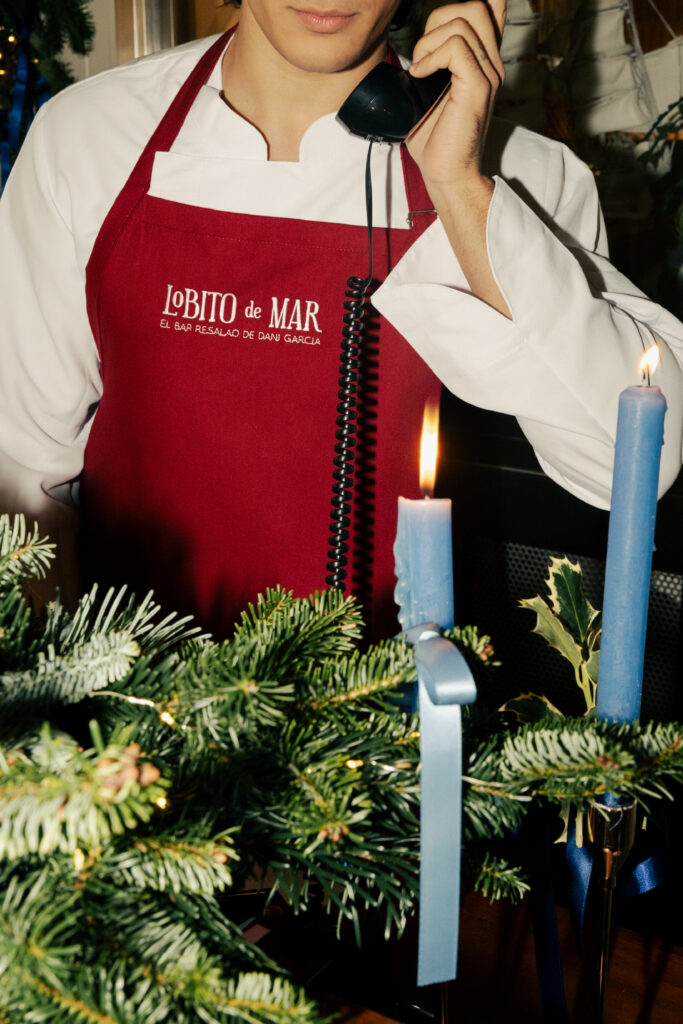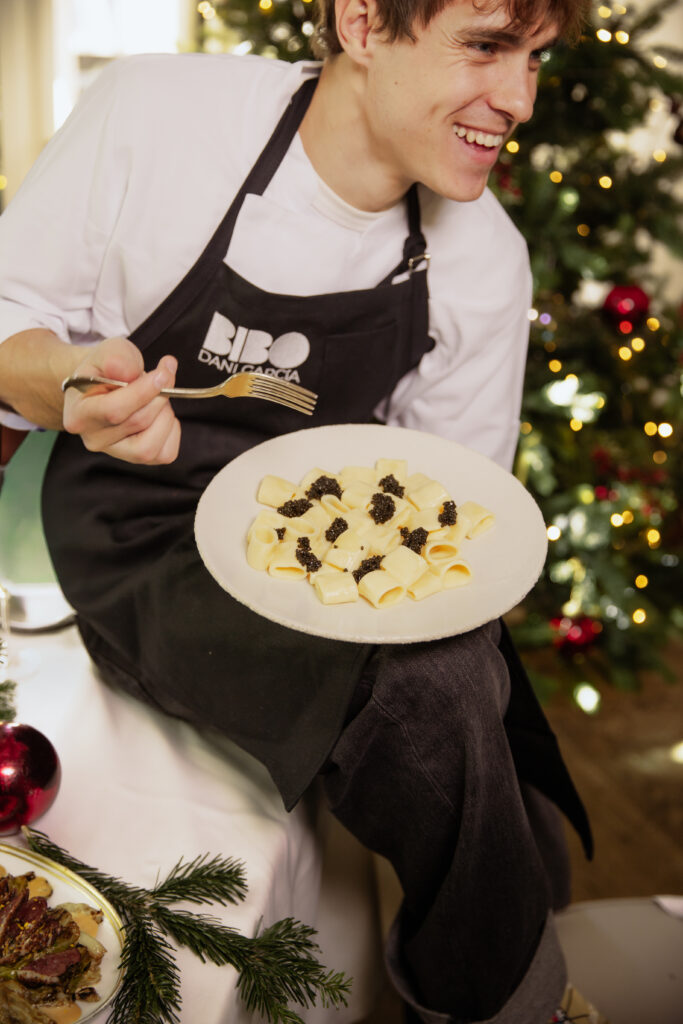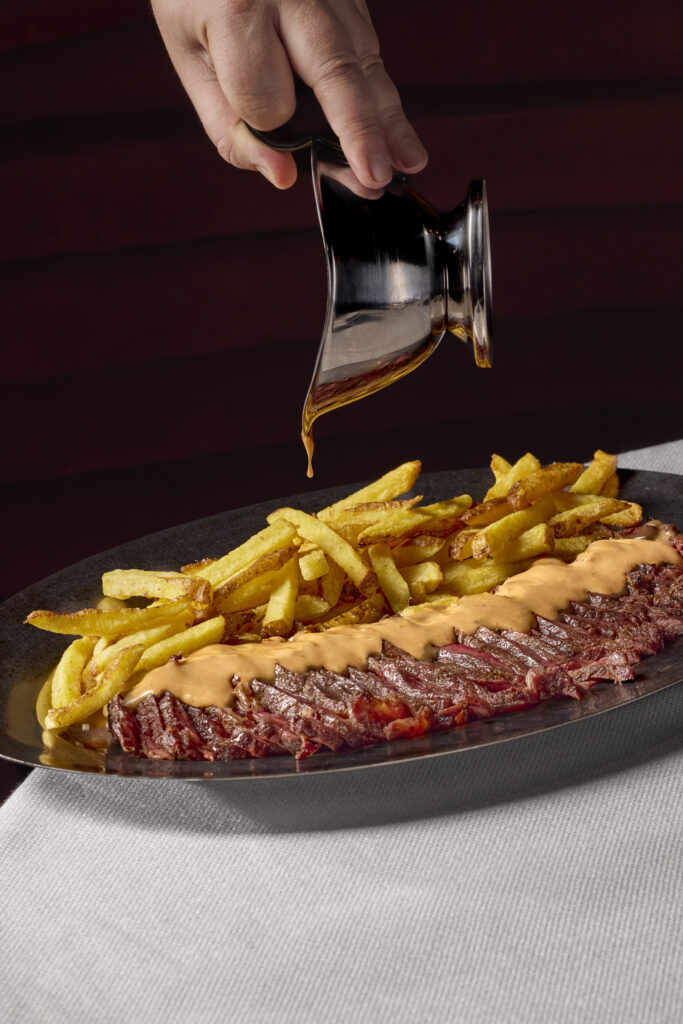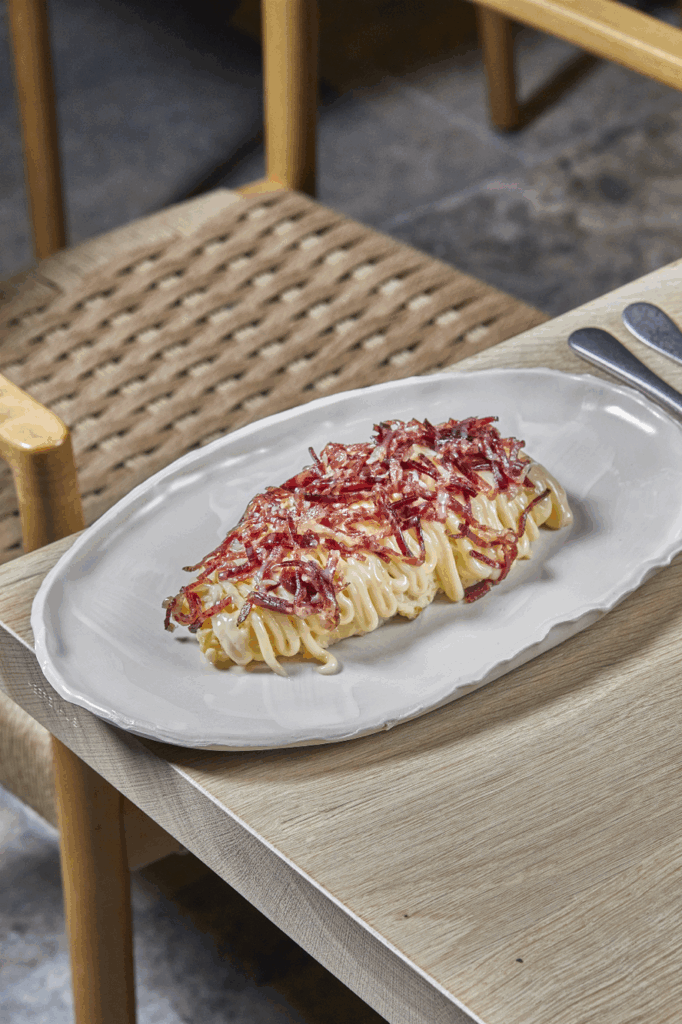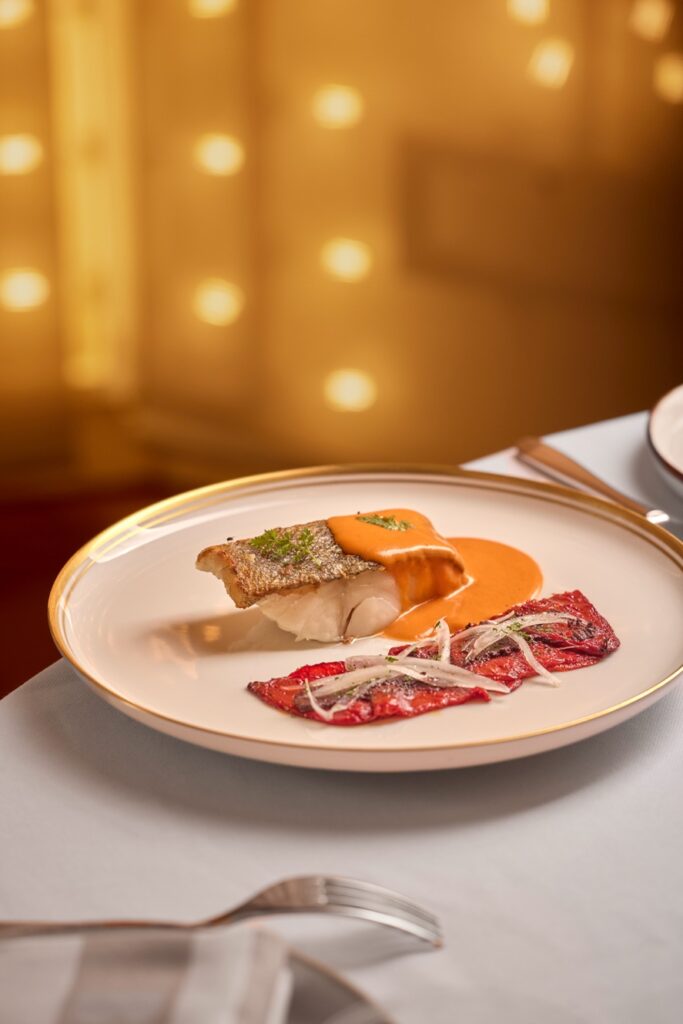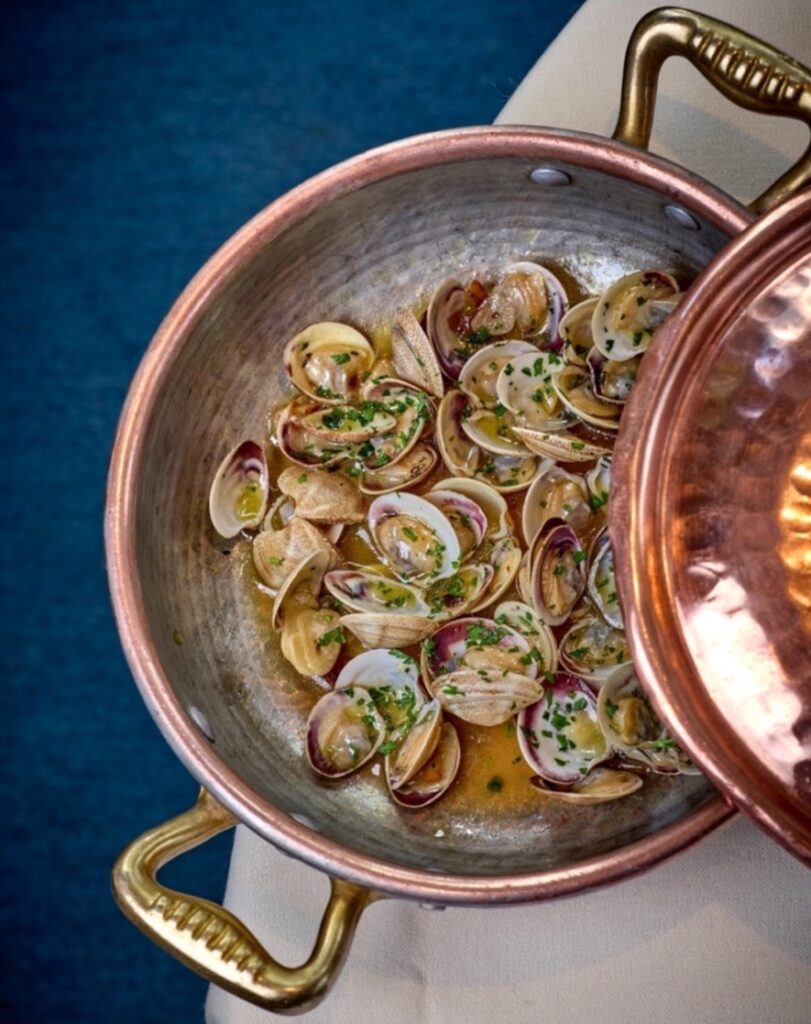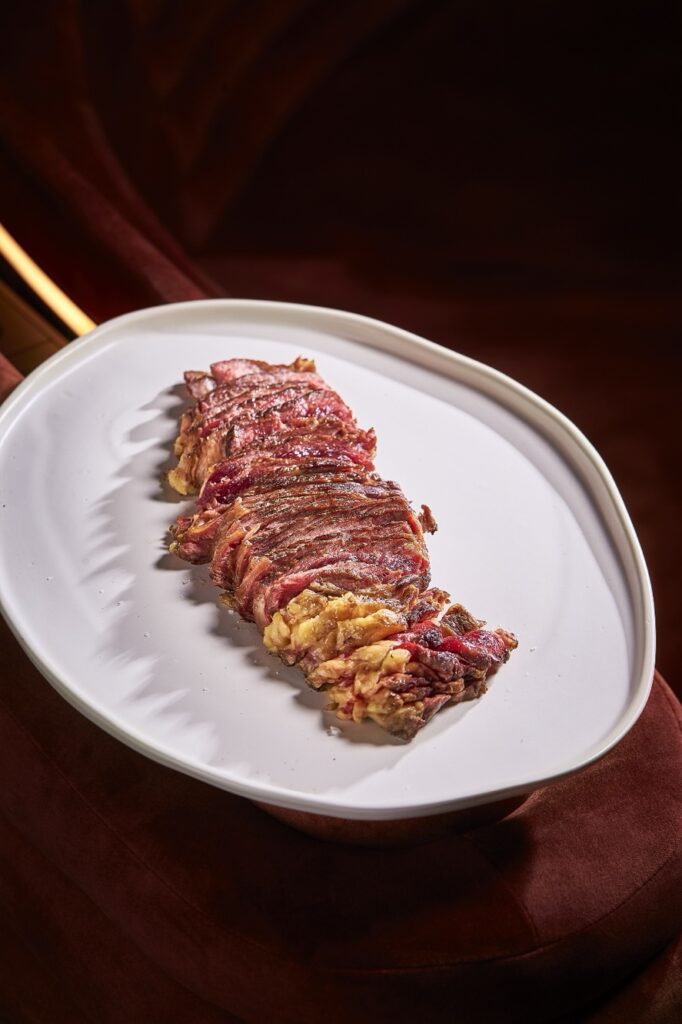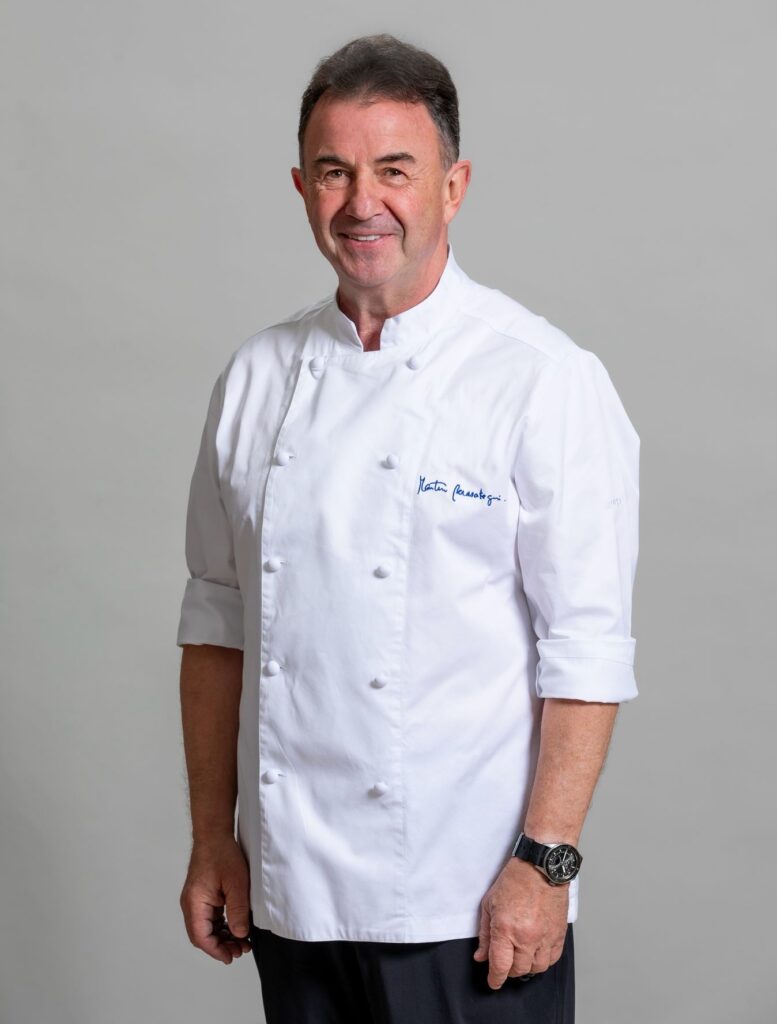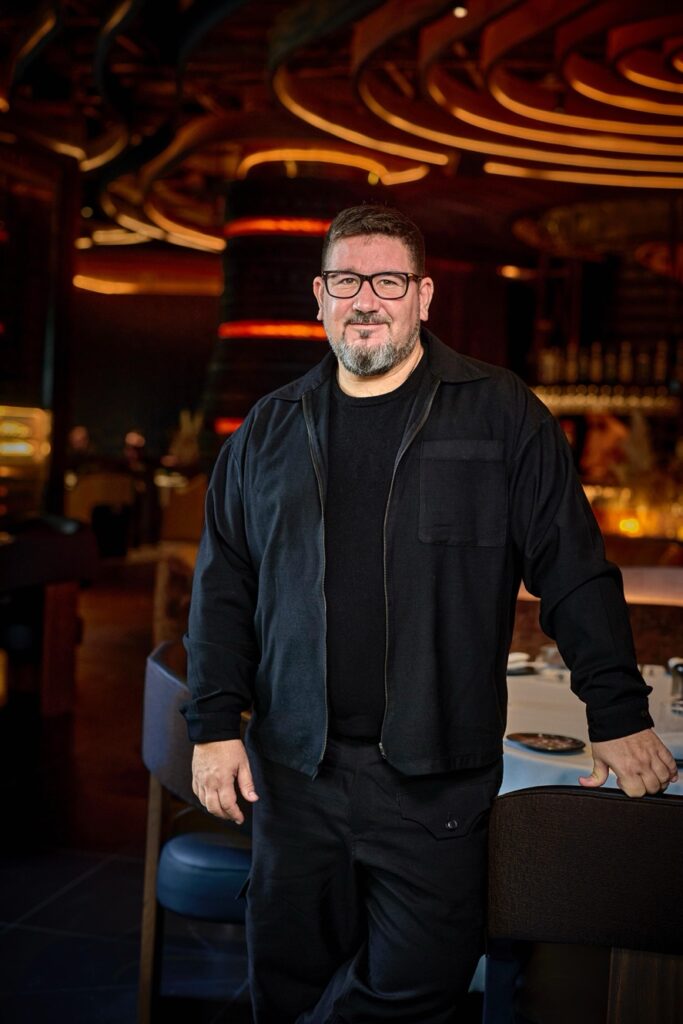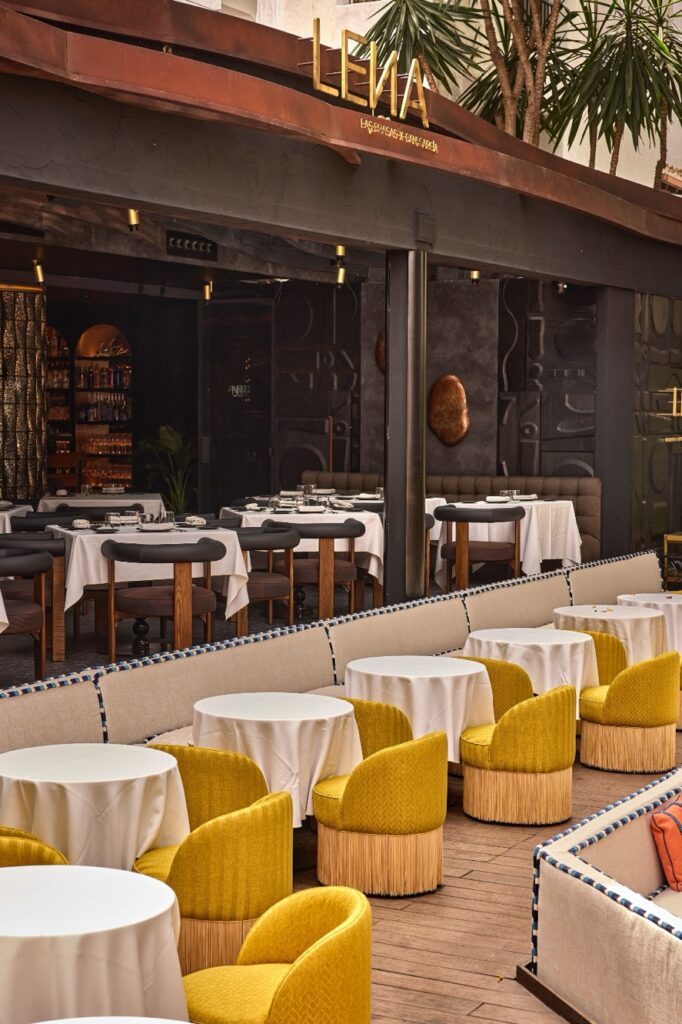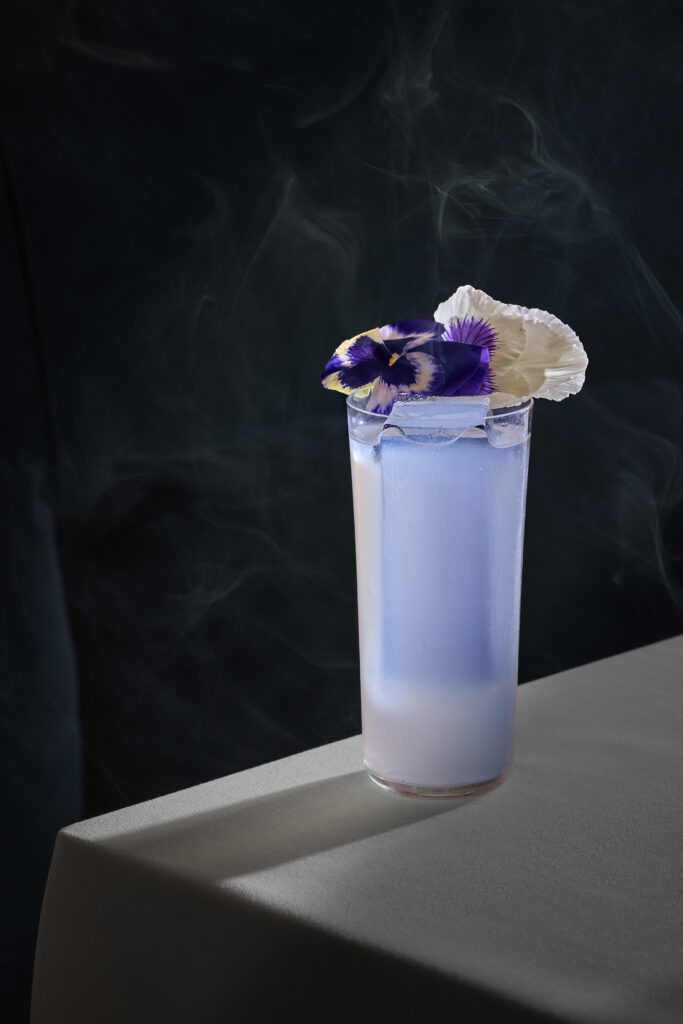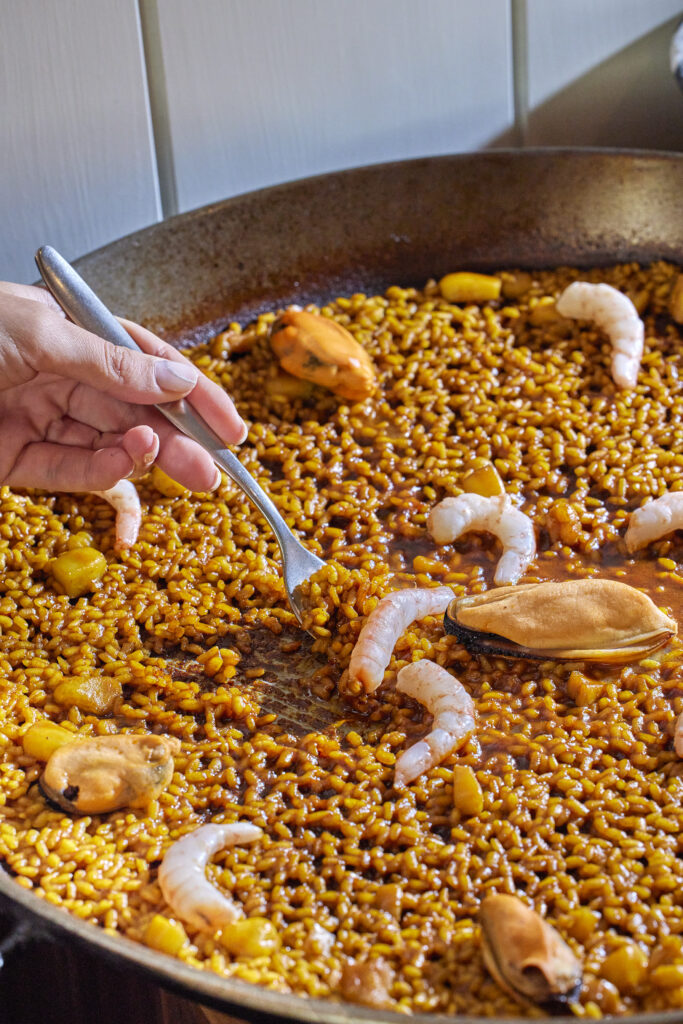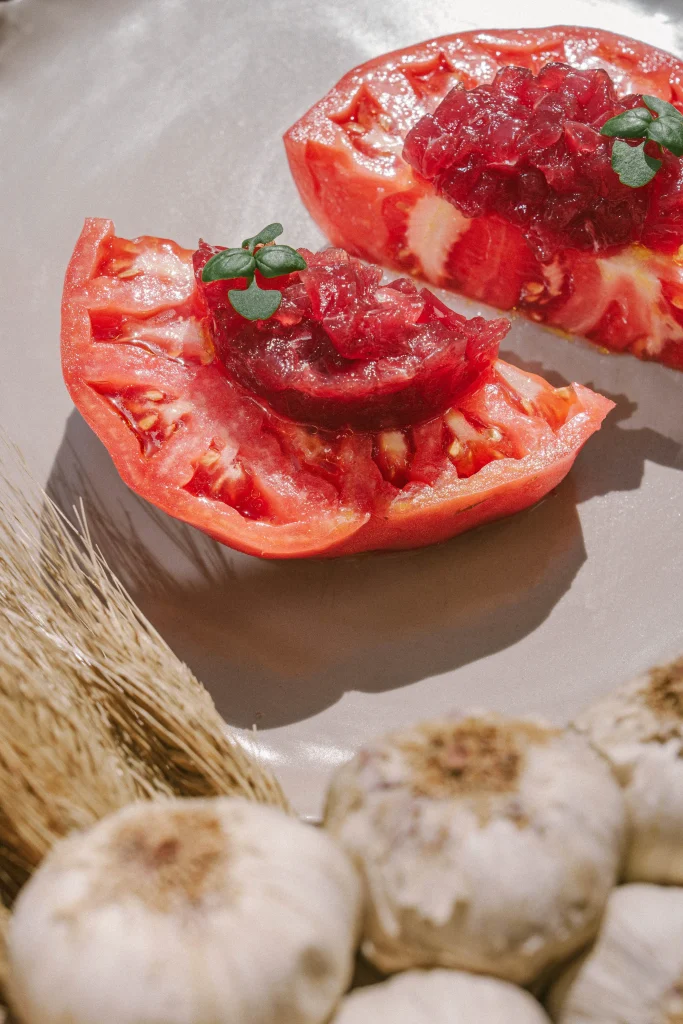A Christmas that’s lived around the table
It’s Christmas Eve, an emotion. It’s that moment when the world seems to pause just to feel. Wishing a Merry Christmas from Grupo Dani García is not only a greeting, but also an invitation. A gentle call to enjoy, to celebrate without rushing and to raise a glass to everything beautiful that brings us together at this special time of year.
When wishing Merry Christmas also means sharing
There are Christmases remembered for a hug. For a conversation. For a table filled with laughter. And Grupo Dani García wants to be part of that memory. We want to be there in your toasts, in your plans, in those moments lived calmly and with emotion. Because at Grupo Dani García, Christmas tastes like togetherness, warmth and chosen family.
The gift that doesn’t need wrapping: experiences for two
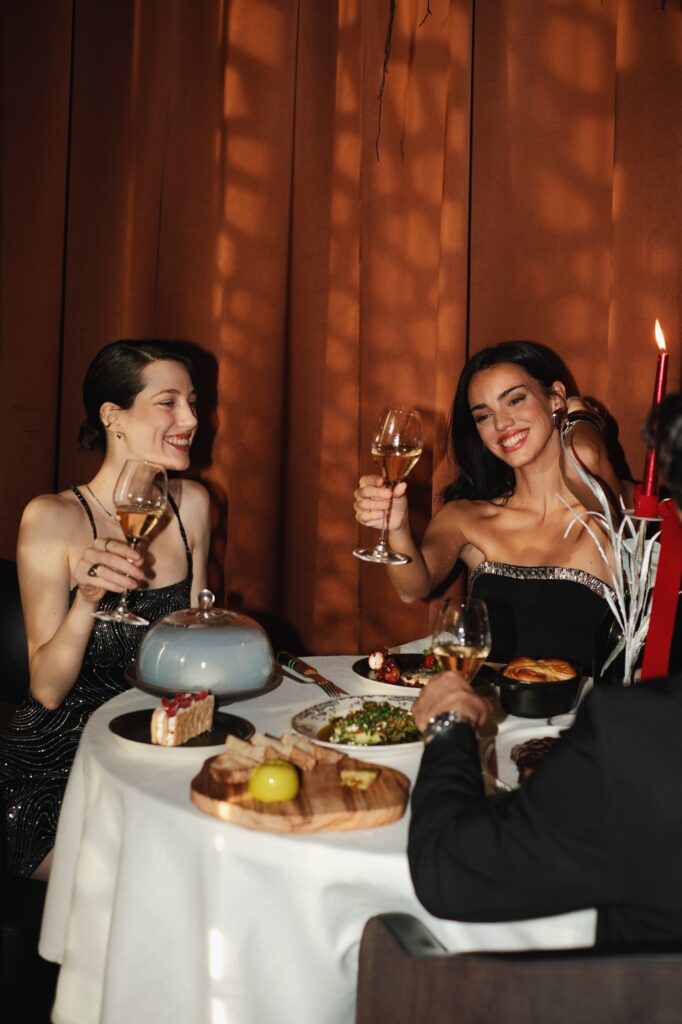
This year, the best gifts don’t go inside a box. They are lived. At Grupo Dani García, we invite you to surprise someone special with our experiences for two, perfect for Christmas and Epiphany. These are plans that move you. Details that say “I thought of you.” Moments created to enjoy together, slowly, with that spark that only appears when the table brings together the people who matter most.
And yes, it’s the gift that never fails. Because you’re not giving an object. You’re giving time, emotion and memories that last forever.
Christmas Edition: limited edition, endless excitement
This festive season comes with something truly special: our Christmas Edition. Unique experiences, available only until January 6, created to celebrate the season as it deserves. Each brand has its own proposal. Each one with its own personality. All of them include a menu and drinks for two people.
They’re the perfect plan for those who love enjoying life. For those who want to savor every moment. For those who understand that celebrating is also an act of affection. Because when you gift a Christmas Edition, you’re not just giving an experience. You’re giving excitement, surprise and an unforgettable moment.
Christmas, Epiphany… and the desire to keep celebrating
Christmas flies by. Epiphany arrives in a heartbeat. But experiences remain in our memory. That’s why we keep repeating it with joy: Merry Christmas from Grupo Dani García. Because we want to be with you today, tomorrow and always. We want you to keep celebrating, to continue being part of your happiest moments.
We raise a toast with you
Today we toast to everything we’ve lived. To what’s coming next. To the magic still ahead. Thank you for being there, for sharing your table and your life with us. Merry Christmas from Grupo Dani García. May the hugs keep coming. May celebrations never be missing. And may we continue creating unforgettable memories together.
